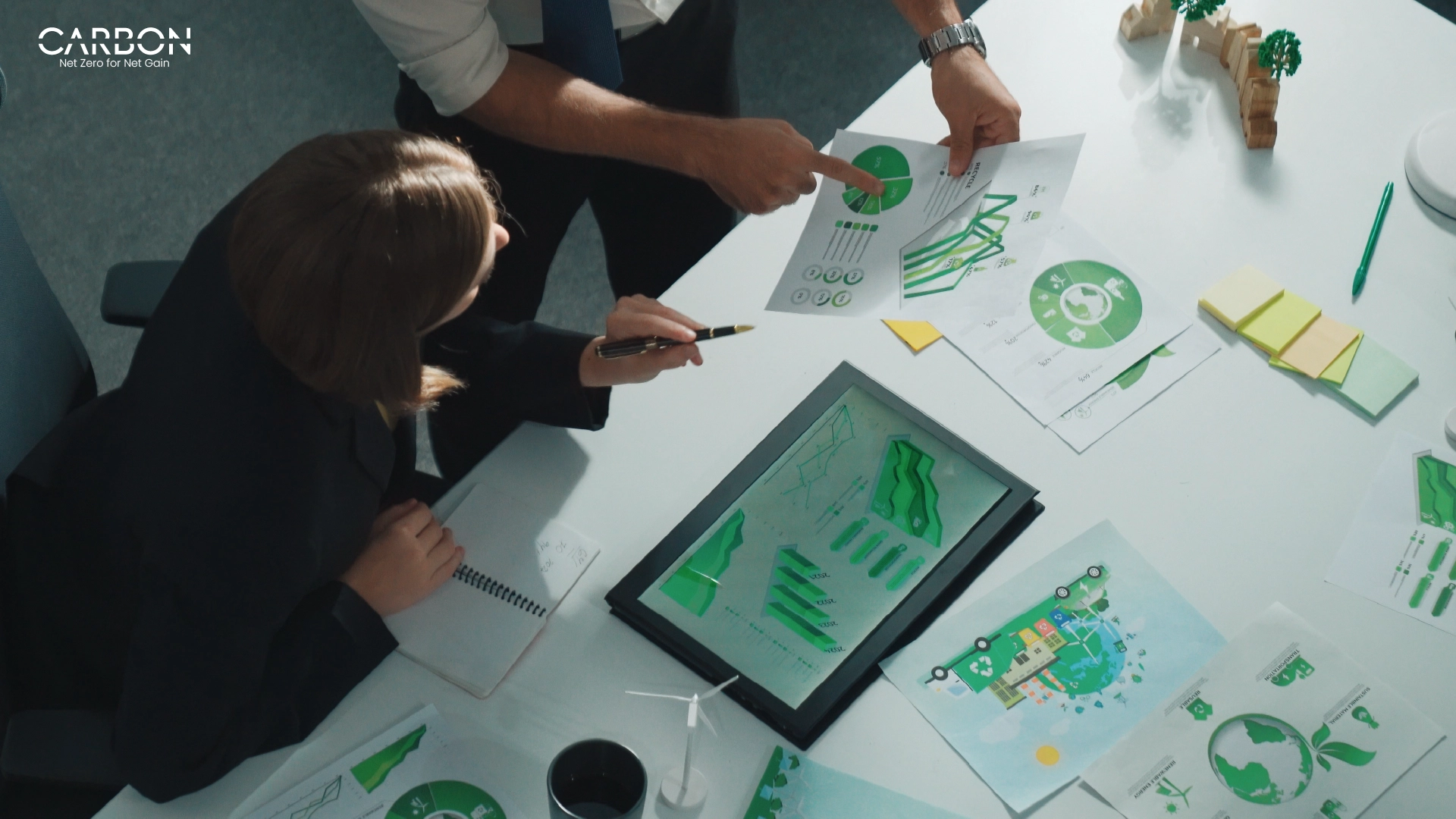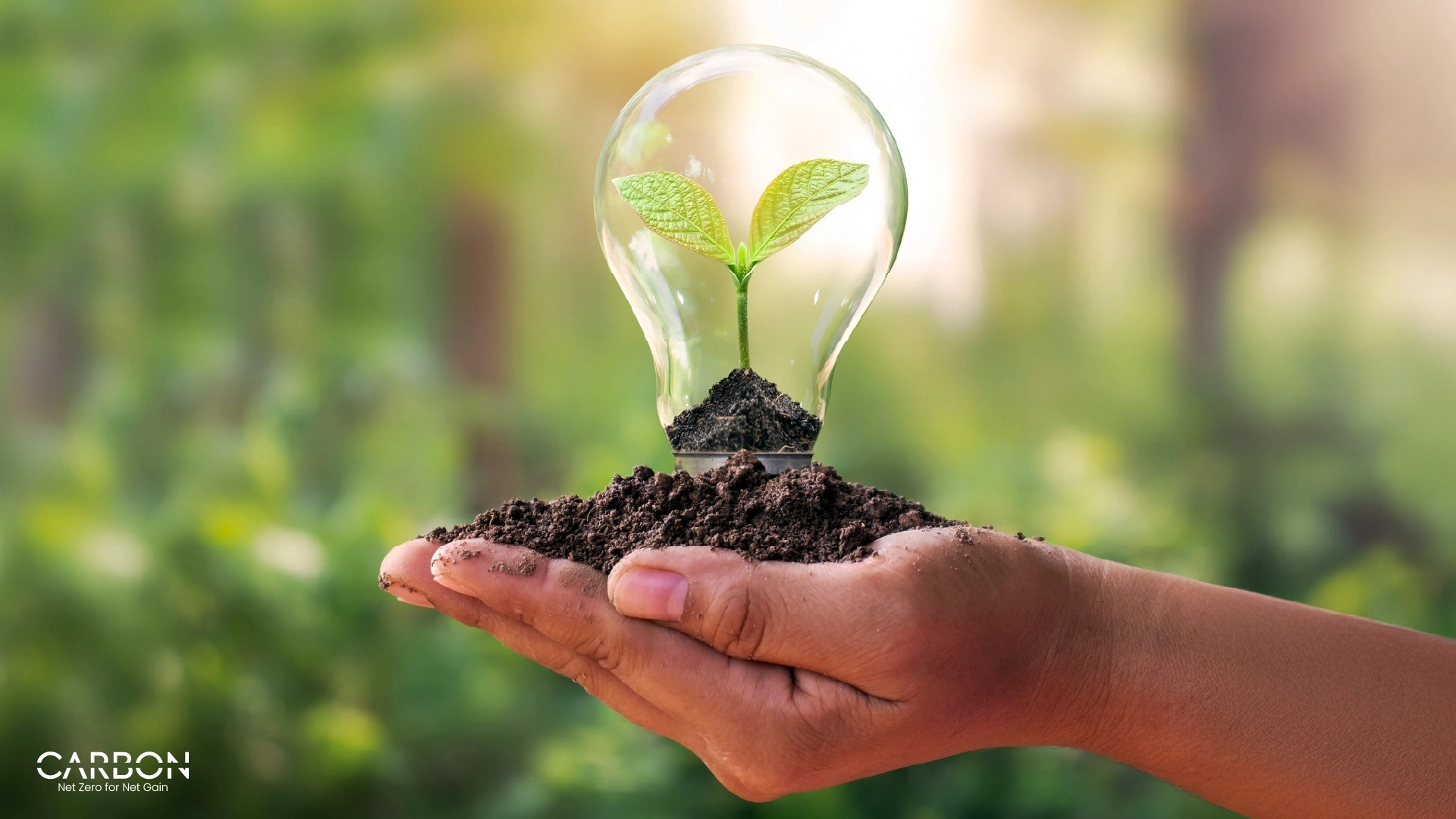Every year, billions of tons of metal waste pile up—enough to make you wonder if we’re treating one of our most valuable resources like it’s disposable. The metals industry, which plays a critical role in powering modern life, contributes over 10% of global waste annually.
But here’s the twist: most of that waste isn’t the end of the story—it’s the beginning of an opportunity.
The Linear Model: A System That’s Run Its Course
For decades, the metals industry has operated on a linear path: mine, make, discard. It’s a system that worked when resources seemed endless, but now it’s showing its cracks. With materials running short and the pressure to cut emissions growing, it’s clear that we need a smarter way to manage metals.

Why This Matters Now
This blog explores how the metals industry can lead the way in the circular revolution. From cutting-edge recycling methods to designing for longevity, we’ll uncover strategies that are not only sustainable but also economically smart
Reimagining Waste as Opportunity
Think about the billions of tons of metal waste generated each year. Now imagine if we could take that ‘waste’ and turn it into something valuable. That’s exactly what innovative recycling methods are doing today. In fact, recovering rare metals from e-waste recycling has become a booming industry, proving that even discarded electronics can fuel the future of manufacturing.
Innovative Recycling in Action
- Recovering Rare Metals from E-Waste: From old smartphones to outdated laptops, e-waste is packed with valuable materials like cobalt and lithium. Companies are now developing advanced processes to extract these metals efficiently through e-waste recycling, reducing reliance on mining.
- Closed-Loop Recycling: Scrap metals from industries are being recycled directly back into production lines. This approach not only saves raw materials but also slashes energy costs.
- Case Study: One leading manufacturer reported reducing raw material use by 40% after implementing closed-loop recycling in their aluminum production process.
Why Recycling Beats Mining
Traditional mining is resource-intensive, requiring significant energy to extract and process metals. Recycling, on the other hand, uses far less energy—up to 95% less in the case of aluminum. Beyond the environmental benefits, this translates to huge cost savings for businesses, especially as raw material prices continue to rise.
A Smarter Way Forward
Reducing waste is a competitive advantage for businesses. By adopting circular practices, companies can cut costs, secure materials more sustainably, and even boost their brand reputation in a market increasingly driven by ESG priorities.
What Happens After ‘The End’?
When a car reaches the end of its life or a building is demolished, what happens to the materials? Too often, they end up as waste.
But what if we designed these products with their second—or even third—life in mind? That’s the idea behind circular design: creating products that are easier to reuse, repair, and recycle.

- Automotive: Some car manufacturers are shifting to modular designs, where parts like batteries or engines can be swapped out or reused across different models. This approach extends vehicle lifespans and reduces metal waste.
- Construction: In construction, modular building components—like pre-fabricated walls—can be disassembled and reused in new projects, cutting down demolition waste significantly.
- Consumer Goods: Tech companies are designing products with easily replaceable parts, making it simpler to repair devices rather than discard them.
Why Design for Circularity?
Traditional product designs often prioritize cost or aesthetics over sustainability, which creates challenges at the end of a product’s life. Circular design changes that by:
- Minimizing end-of-life waste through reuse or recycled metal.
- Reducing the need for virgin materials, which lowers emissions.
- Increasing product durability, saving consumers and businesses money in the long run.
A Competitive Advantage
When products are designed with their second (or third) life in mind, businesses cut costs and emissions. More importantly, they future-proof themselves for a market that increasingly values sustainability.

Aligning Circularity with ESG Goals
Investors are increasingly drawn to businesses that align with Environmental, Social, and Governance (ESG) standards. Circular practices check all the right boxes:
- Environmental Impact: Reduced emissions and recycled metal waste demonstrate a commitment to sustainability.
- Social Benefits: Job creation in recycling and reuse industries strengthens communities.
- Governance: Transparent practices around resource use and waste management build trust with stakeholders.
More Than Just a Buzzword
The circular economy is a smart investment. For companies, it means lower costs, improved brand reputation, and access to a growing pool of ESG-focused capital.
For the planet, it’s a path toward more sustainable resource use. Everyone wins.
A Call to Lead the Change
Businesses that adopt circular principles are setting the standards for sustainable innovation and defining the next era of industrial progress. Ready to make circularity the norm in your operations?
The opportunities are here—now it’s time to seize them. Contact CarbonMinus today at www.carbonminus.com




